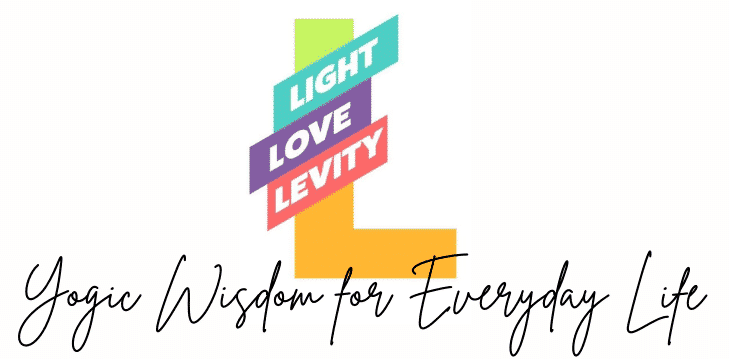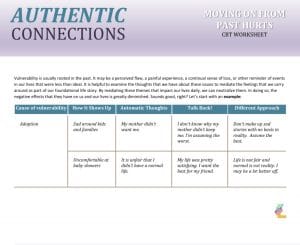Vulnerability is a part of being human. Let’s pause to examine that. As we progress through life, self-study leads us face to face with sensitivities created by past sources of hurt. Often, we define vulnerability as an area of weakness. Although, these weaknesses do not mean we are weak. We’re human. Being able to identify and express vulnerabilities is an empowering process. Everyone has them. They are nothing to be ashamed of. However, when they go unchecked for too long, they can leave us wide-open to further compounding and undue injury. Nobody needs that! Luckily, they are not without a remedy. Along the road of healing, every day holds the gift of self-discovery. At this moment, let’s tune in and witness.
Navigating Vulnerability
Most importantly, vulnerability isn’t bad. It just is. Sources ‘being vulnerable’ are rooted in the past. It’s helpful to examine the thoughts that we have about these issues. Mediating emotions that we carry around as part of our foundational life story puts us in the driver’s seat of life. By reconciling the themes that impact our lives, we neutralize them. In doing so, the adverse effects that they’ve had, diminish. Sometimes, we go YEARS accumulating them. Now, we take a moment to stop and unload. What is no longer ours to carry? When we look, we often find perceived flaws, painful experiences, a sense of loss, and other remnants of past event baggage. They are the remnant echoes of what used to be. Whatever history taught us, we carry forward, unless we circle back to readdress it. Times change, and so do the truths of the people who live them.
What is CBT?
Cognitive-behavioral therapy (CBT) is a systematic approach to breaking down thoughts and behaviors in practical ways. In order to address old subconscious baggage, we need to treat it gently. Using CBT techniques provides us with clarity to pave our way forward in more practical ways. In other words, we identify the thoughts and behaviors no longer serving us. Then, we decide what we want to take their place. In yoga, we might consider this in Svadyaya or shadow work. Basically, CBT helps set the internal record straight. It’s a simple and user-friendly method of self-discovery. So, if you’re up to it, I’ve got a little exercise for you to try. As a result, your weaknesses might just melt away.
Mediate Versus Meditate
Mediate
When we’re MEDIATING something, we’re stepping into the middle of an issue. Our purpose is to dissolve the automatic confrontation that exists there. Similar to how professional mediators assist the navigation of fundamental issues, we learn to neutralize confrontation within. From that neutral point, agreeable solutions become clear. Mediating our past hurts works frees up internal gridlock. So step in, diffuse inner conflict and discover amicable solutions.
Meditate
To meditate is to focus or think deeply about something in a calm, relaxed way. In the case of past hurts, we are MEDIATING them before we are Meditating on them. Why? Well, the truth is, our conditioned responses often cause physical, mental, and emotional distress. Before we can meditate on them safely, we need to mediate our way to a neutral center.
Self-mediation and meditation are complementary processes, but they are not the same.
Five steps to updating the Vulnerabilities of our Inner Narrative:
Pen to paper is one of the best ways to explore. Through writing, we unwrap the mysteries of conditioned mind-body response. Moreover, it helps us see cause and effect in black and white. If we want to change something, we need to understand it first. Similarly, we must change ourselves to change our lives.
1. Identify Root Causes
It is helpful to examine the thoughts that we have about these issues to mediate the feelings that we carry around as part of our foundational life story. By mediating these themes that impact our lives daily, we can neutralize them. In doing so, the adverse effects that they have on us and our lives are greatly diminished. Here, we simply identify the conflict/catalyst (perceived flaw, experience, loss, etc.)
2. Accept How the Cause Shows Up as Vulnerability
Next, we take inventory. When we learn to work with our vulnerabilities instead of running from them, we increase our ability to make authentic connections within ourselves and other people. We take what we’ve identified in step 1 and step into the middle of what that originally was and how it influences/impacts your life now, with a neutral attitude. Essentially, we interrupt the cause and conditioned response as a temporary human buffer.
3. Understand Your Automatic Thoughts & Subsequent Behaviors
Third, we choose to either pause or act. If you’re in a place where you feel ready to identify, examine, and start working with your areas of vulnerability, download the Authentic Connection worksheet and get started. This is a great tool to use for your reflection or to fill out and keep for your next therapy or life coaching session. Recognize what automatic thoughts each original catalyst produces. *While it is generally safe to begin this process on your own, self-help does not replace the need for professional assistance. Thoughtfully consider what you need and progress accordingly.
4. TalkBack
Get ready to make some changes. When we realize that automatic thoughts are not ‘truths’ but rather conditioned responses, we’re empowered to change them. Evaluate what your inner voice has been saying. Decide what you want/need/intend for it to say now. Are those thoughts comfortable or chaotic? Are they real, kind, and beneficial to you? What can you say that serves you best? In this step, we essentially rewrite the automatic thoughts that have been hanging us up. After that, the doorway to real, pivotal change swings wide open.
5. Brainstorm a Different Approach
As life-altering as taking a different approach can be, it doesn’t have to be complicated. In fact, taking a simple solution approach is incredibly useful and effective. Practice actively choosing, thinking, and acting upon your new response strategy. Every time a past hurt or old story arises in your life and threatens to drag your backward, stand firm. Now, explore areas of vulnerability in your life and learn to navigate with grace. At the end of the day, you’re already whole, lovely perfection. “If at first, you don’t succeed, try, and try again.” Above all, have fun with it. For today, make connection a priority.
Namaste.
~Meg


